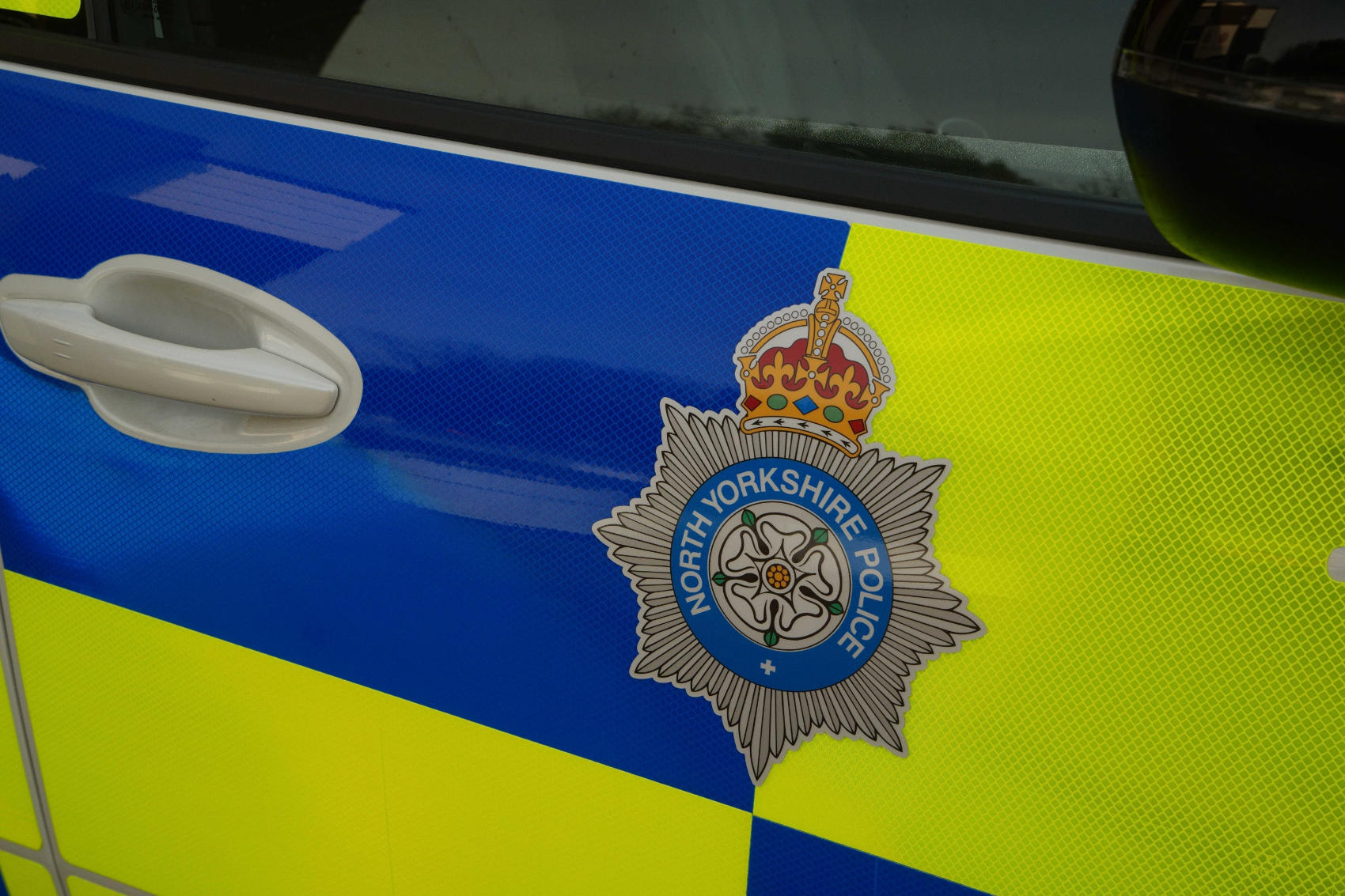Shelter warns of bleak start to 2023 for those without a place to call home
New research from Shelter shows more than 5,000 people are recorded as homeless in Yorkshire and the Humber, including more than 2,000 children.
- Harrogate – 141 homeless or 1 in 1,154
- Leeds – 193 homeless or 1 in 4,207
- York – 108 homeless or 1 in 1,878
In Harrogate that includes 66 children, York 47 children and Leeds 63 children.
In Yorkshire, Scarborough has 1 in 409 homeless, and Hambleton the least with 1 in 8,196.
See the attached document for details of Yorkshire, and other areas.
Homeless is defined as sleeping in temporary accommodation, arranged by themselves or with a local authority, or sleeping rough.
Shelter’s detailed analysis of official homelessness figures and responses to a Freedom of Information request shows that of the over 5,000 people in Yorkshire and the Humber without a home, 170 people are sleeping rough on any given night and 4,540 are living in temporary accommodation – many of whom are families.
Across England the number of people living in temporary accommodation has risen by an alarming 74% in the last 10 years – something the charity argues is driven by the chronic shortage of social homes, and an over-reliance on grossly expensive and unstable private renting.
More than two-thirds of families (68%) living in temporary accommodation in England have been there for over a year, showing this type of accommodation is becoming less and less “temporary” as families cannot escape homelessness due to the severe lack of affordable homes. This is a situation made even worse by the three-year freeze on housing benefit, and cost of living crisis.
As well as calculating the total number of homeless people, Shelter has undertaken the largest ever survey of homeless households living in temporary accommodation. The ground-breaking research found that living in temporary accommodation has a hugely detrimental impact on people’s health. It revealed that across England:
Almost two-thirds of people (63%) say that living in temporary accommodation has had a negative impact on their mental health.
Half (51%) say that it has had a negative impact on their physical health.
Two in five people (39%) say that living in temporary accommodation has made it harder to access healthcare appointments.
Shelter is issuing an urgent appeal for public support as it braces for a sharp rise in homelessness in 2023. An average of 1000 calls per day from people across England are made to the charity’s emergency helpline. Across England eight in ten (78%) callers are homeless or at risk of becoming homeless – a figure which has increased by 8% since last year.
Polly Neate, chief executive of Shelter, said:
The new year should be a time of hope, but this isn’t the case for the over 5,000 homeless people in Yorkshire and the Humber who are facing a truly bleak 2023. A cold doorway or a grotty hostel room is not a home, but this is reality for too many people today.
Our frontline advisers are working tirelessly to help people who are desperate to escape homelessness – from the parents doing all they can to provide some shred of a normal family life while stuck in an emergency B&B, to the person terrified of another night sleeping rough.
With private rents and living costs continuing to soar, thousands of people are not just facing a winter of worry, they are at risk of losing the roof over their head. At Shelter, we are bracing ourselves for a sharp rise in homelessness in 2023. More than ever, we will be relying on the public’s generosity to help us support and campaign for all those fighting for a safe home.
CASE STUDY: Chris, 44, from Sheffield, who has autism, spent six months homeless, living on the streets and sleeping in a tent in Sheffield and working for a supermarket before Shelter helped him into a new home.
Chris said:
For six months, I was working ten-hour days, five days a week at my job and camping on the street in the city centre every night. I cycled six miles each way and managed to hold down my job. It was exhausting.
I went to Shelter and they helped me to get off the streets and into a flat where I was happy for four years. But when antisocial neighbours moved in it caused huge problems for my autism and mental health. I felt like a prisoner in my own home and kept my curtains closed 24 hours a day. Shelter helped me again and got me moved to a new home that had better surroundings for my needs.
Shelter’s new research also reveals the areas across Yorkshire and the Humber where homelessness is most acute. Scarborough comes out worst, with one in 409 people homeless, one in 538 people are homeless in Wakefield, followed by Kirklees where one in 593 people are homeless.
While Shelter’s analysis is the most comprehensive overview of recorded homelessness in the country, the true figure is likely to be much higher as some types of homelessness go entirely undocumented, such as sofa surfing.
To donate to Shelter’s Winter Appeal and help to give people fighting homelessness the urgent support, security and hope they need in the tough months ahead, visit shelter.org.uk/donate







